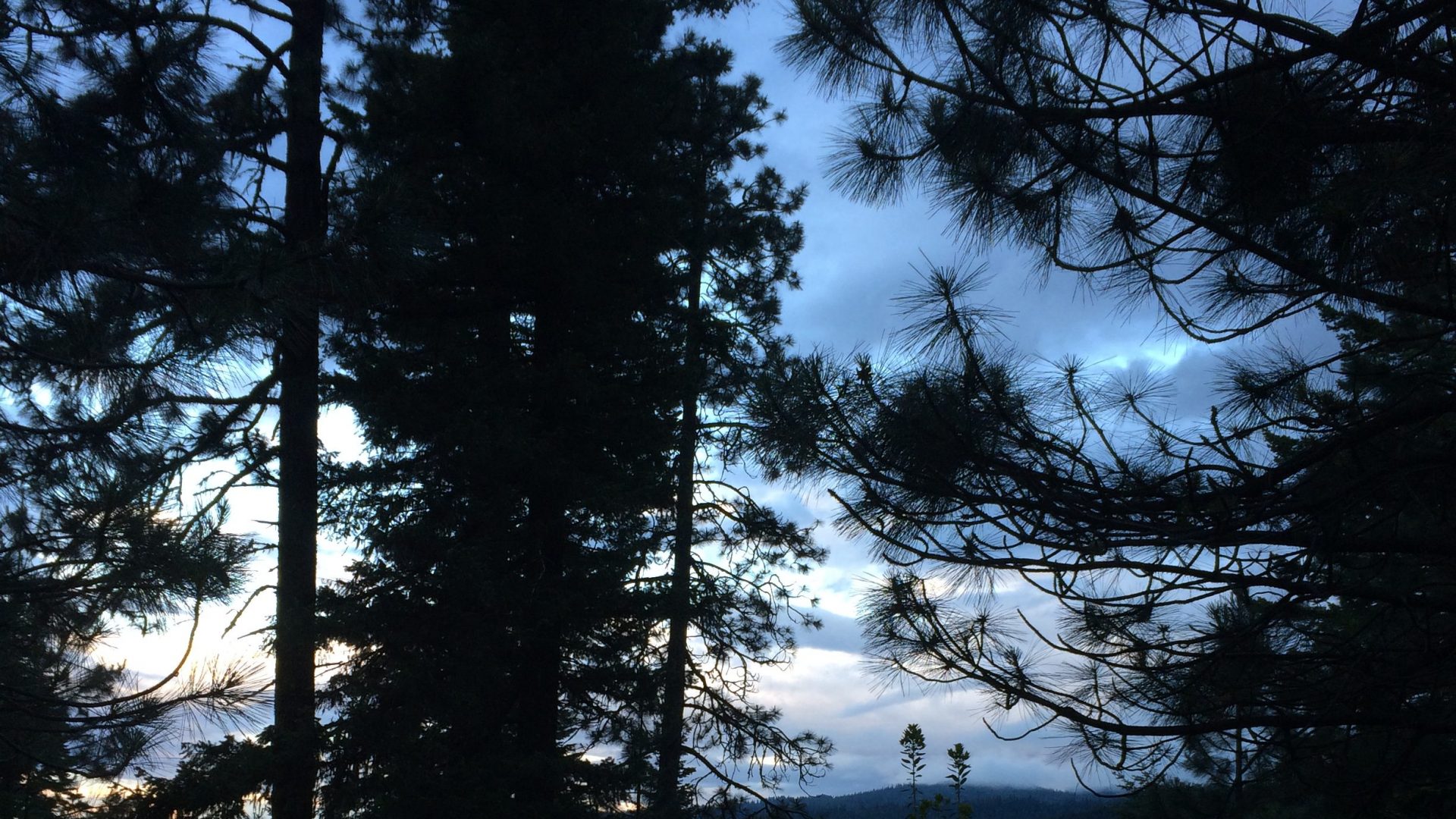Descriptions are not my favorite aspect of writing novels. Given the choice, I’d rather write dialogue. However, while my characters can talk about rocket powered raccoon carcasses all day, what fun would that be without a detailed description of said raccoons?
I blame my fondness for dialogue on my former life as a music nerd, which developed my auditory ability with little regard for the rest of the senses. Dialogue I can hear in my head. Good descriptions go far beyond that. There are two main things I use to help make my descriptions more interesting.
1. Use active verbs (avoid is, was).
There are times when “is” or “was” makes sense to use, but active verbs can help make descriptions livelier. Objects that are doing something are always more interesting than those that are not. For example:
A1: The spaceship was silver. It had long silver tentacles that were reaching for him. The aliens were small, round, and blue.
A2: The silver spaceship thrummed overhead, its long silver tentacles reaching down to close around his wrists. Aliens rolled from the gaping mouth of the ship, their blue fur tickling him as they tumbled around his ankles like sentient basketballs.
It’s also often good to avoid the construction “was/is/were/are with a verb ending in -ing” when you can just use the verb. It’s more economical and makes for stronger sentences.
- He was reaching for me.
He reached for me.
- Her fingers are tapping on the table.
Her fingers tap on the table.
- The raccoon carcass rocket is awaiting deployment.
The raccoon carcass rocket awaits deployment.
2. Incorporate smell, taste, touch, and sound.
Descriptions are not all about how something looks. Taste, smell, sound, and touch are as or more important than a visual image and add extra depth to the world you build. This is particularly important when writing fantasy or science fiction. Your secondary world will come to life more fully if all senses are incorporated. It’s not enough to tell us that the bushes are bubblegum pink. Do they also smell like bubblegum? Or do they reek of desiccated fish? Either one adds a completely new dimension to the scene. For example:
B1: The pine trees were dark green ahead and the sun was out in the blue sky. There was no sign of the mutant vulture that had been chasing her. A bird was singing in the forest. The pine needles underfoot were sharp as she walked into the woods.
B2: The cool scent of pine washed over her as she strode toward the forest. The lonely song of a bird called out as she neared the shelter of the trees, almost making her feel safe. She squinted into the blue sky, nervously searching for any sign of the mutant vulture. Dry pine needles stabbed into her feet as she hurried into the woods.

I find exceptional dialogue also flows in the same way music does, back and forth between the participants.
Unrelated: Do I want to know where the rocket powered raccoon carcass idea came from? Or does that path lead to madness?
Pingback: Rocket Powered Raccoons: Writing Stronger Descriptions | QUINN WORDS